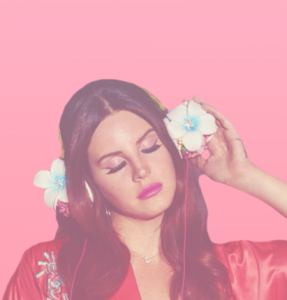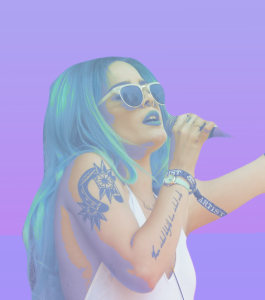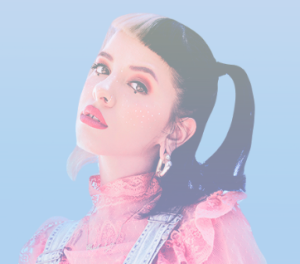By Aaron Jackson
By now you might have seen a kid wearing some piece of clothing or at least some accessory promoting some unknown name or abnormal reference. Maybe you’re the type of person who surfs YouTube endlessly and have come across recommendations of a video of some strange, unfamiliar artist. If you ever decide to abandon your marathon of cat videos to check the strange video out, the first thing you will probably pick up is its sound. As you’re listening to it, you might realize it sounds close to pop…but it’s not exactly there yet as if pop undergone its teenage experimental stage. Well there is a name for this now unavoidable genre: Indie pop. It is becoming a lot more prominent in youth culture and even pop culture as a whole.
If you’ve ever listened to a Lorde song, then you’ve already listened to Indie Pop. While Indie Pop already has a set definition, it has become a blanket term for a plethora of genres that includes alternative rock and glam pop. What essentially defines today’s standards of Indie Pop is that it sounds different from whatever’s mainstream at the time. Lorde herself is an interesting phenomenon. Coming out of nowhere with the number one hit “Royals” in 2013, she skyrocketed to number 1 on Billboard. Not many unknown artists do that. It was even more unusual for that kind of success to be granted to such a strange style of music. But this has now been happening to other Indie-acts especially this year.
I’d like to begin with the most mainstream of this trio, the gloomy and soulful Lana Del Rey. Lana (actual name Lizzy Grant) has been around since 2010, but only gained popularity in 2012 with her release of her single “Born to Die”, which instantly flew to number 1 on Billboard. Her popularity didn’t end there. In 2014 and 2015, her albums “Ultraviolence” and “Honeymoon” peaked at numbers 1 and 2 respectively, showing just how much of an influence she has as an artist.
Moving onto the fairly fresh Halsey, known before for her YouTube covers (and re-imagining of songs to call out Taylor Swift) and her previous 2014 EP “Room 93”, Halsey has been making her presence known among the likes of the Tumblr scrolling and Starbucks sipping teens ( aka me, minus the Starbucks). But her company is a lot more concrete than that. Halsey’s (real name Ashley Frangipane) first official album, “Badlands,” debuted in the summer of 2015 at number 2 on Billboard.
Our next contender for “Indie Pop Phenomenon” can’t really be compared to our earlier two. She’s my favorite: the moody and surreal Melanie Martinez. Arguably known best for her hauntingly raspy voice and artistic aesthetic on season 3 of NBC’s “The Voice,” Martinez has been cementing herself as a serious Indie-act. After being knocked out of the competition, Martinez went on to record her first EP, “Dollhouse,” in 2013 , which garnered the attention of internet junkies such as myself. And now after promoting her upcoming release with the Music Videos of her lead singles, her 2015 album, “Crybaby,” debuted in the summer and landed the number 6 spot on Billboard. I find Melanie’s success to be the most satisfying because for me, a fan from the beginning, it truly came out of nowhere.
Even with all these examples that define Indie Pop’s prominence in the music biz, one can’t help but wonder whether or not it’s here to stay. The rise to fame of my examples all occurred in roughly the same time period which makes it hard to decide if Indie Pop is here to stay or if it is just a trend waiting to be replaced by the next genre.
I believe Indie Pop is here to stay, although I actually don’t have any strong reasoning for this besides from the fact that the youth of today who support this genre will grow up with it and probably make it a thing in the years to come. But as for right now, in this exact moment, it would be hard to deny Indie Pop’s prominence in the music industry today and its effect on our culture on a whole.




